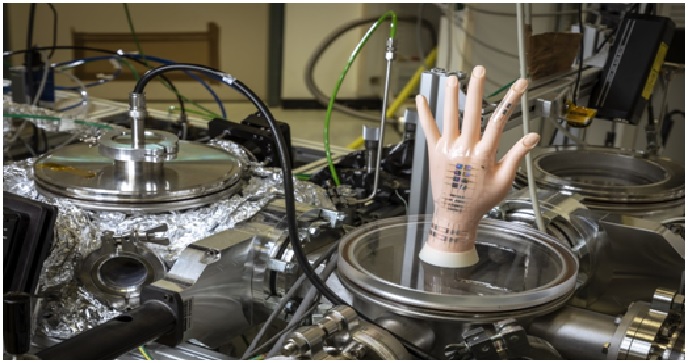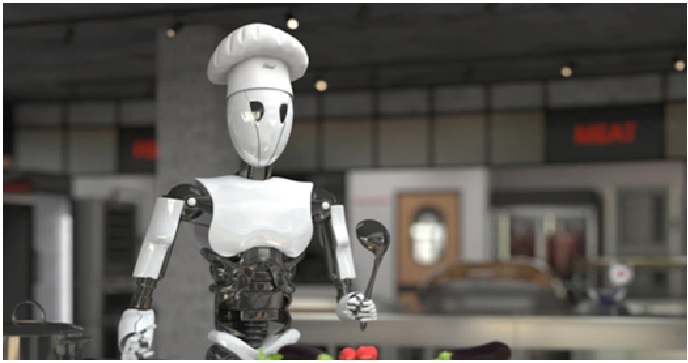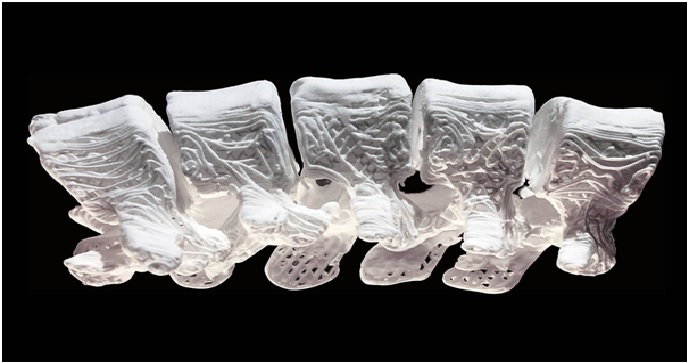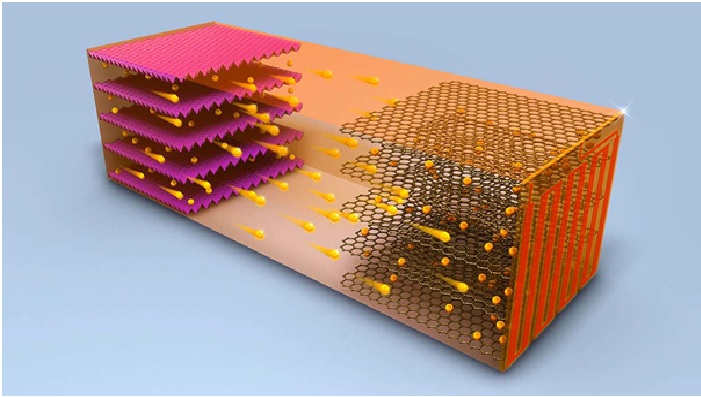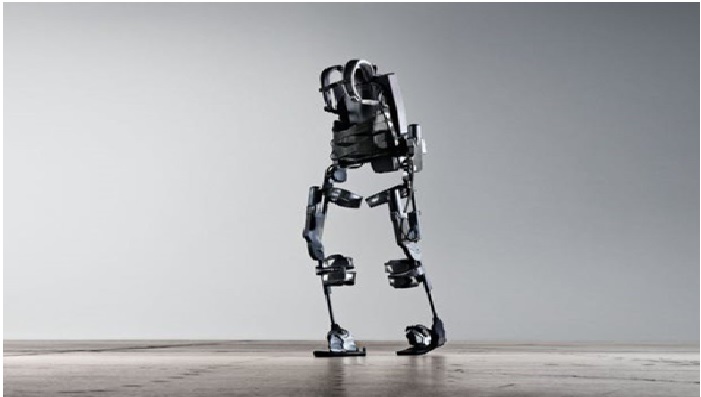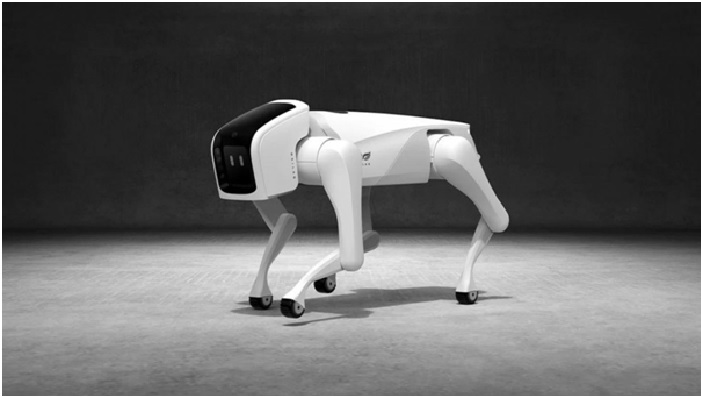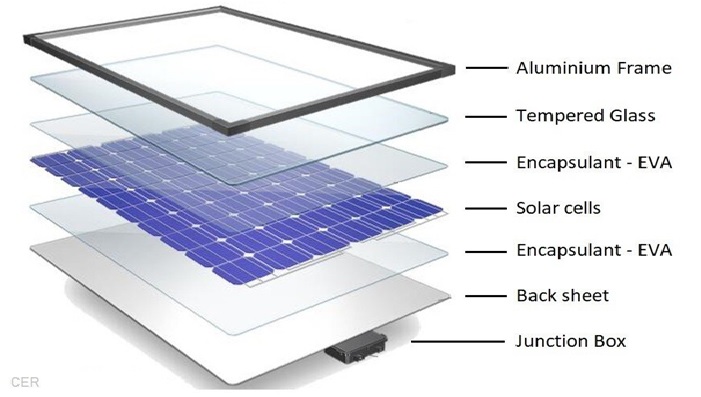The Next Generation of Living Robots with Frog Stem Cells
Scientists say they've witnessed a never-before-seen type of replication in organic robots created in the lab using frog cells as shown in figure 1. [1] Among other things, the findings could have implications for regenerative medicine.

Figure 1. The Frog Stem Cells Robot [2]
The US scientists who created the first living robots say the life forms, known as xenobots, can now reproduce - and in a way not seen in plants and animals.
Formed from the stem cells of the African clawed frog (Xenopus laevis), from which it takes its name, xenobots are less than a millimetre (0.04 inches) wide.
Now the scientists that developed them at the University of Vermont, [3] Tufts University and Harvard University’s Wyss Institute for Biologically Inspired Engineering said they have discovered an entirely new form of biological reproduction different from any animal or plant known to science.
“Frogs have a way of reproducing that they normally use but when you ... liberate (the cells) from the rest of the embryo and you give them a chance to figure out how to be in a new environment, not only do they figure out a new way to move, [4] but they also figure out apparently a new way to reproduce.”
“These are very small, biodegradable and biocompatible machines, and they’re perfectly happy in freshwater,” he said, adding that near-term applications could include collecting microplastics from waterways.
Meanwhile, speaking to CNN, Bongard highlighted that people think robots are metal and ceramic “but it's not so much what a robot is made from but what it does, which is acting on its own on behalf of people”.
Compared to Xenobots, in which the millimeter-sized automatons were constructed in a “top down” approach by manual placement of tissue and surgical shaping of frog skin and cardiac cells to produce motion, the next version of Xenobots takes a “bottom up” approach. The biologists at Tufts took stem cells from embryos of the African frog Xenopus laevis (hence the name "Xenobots") and allowed them to self-assemble and grow into spheroids, where some of the cells after a few days differentiated to produce cilia – tiny hair-like projections that move back and forth or rotate in a specific way. [5] Instead of using manually sculpted cardiac cells whose natural rhythmic contractions allowed the original Xenobots to scuttle around, cilia give the new spheroidal bots “legs” to move them rapidly across a surface. In a frog, or human for that matter, cilia would normally be found on mucous surfaces, like in the lungs, to help push out pathogens and other foreign material. On the Xenobots, they are repurposed to provide rapid locomotion.
References:
- https://www.npr.org/2021/12/01/1060027395/robots-xenobots-living-self-replicating-copy
- https://www.advancedsciencenews.com/team-builds-first-living-robots/
- https://7news.com.au/technology/science/the-worlds-first-living-robots-have-now-learned-how-to-reproduce-scientists-say-c-4823775
- https://www.hindustantimes.com/science/scientists-who-created-world-s-first-living-robots-now-say-they-can-reproduce-101638247804470.html
- https://now.tufts.edu/2021/03/31/scientists-create-next-generation-living-robots
Cite this article:
Vinotha D (2022), The Next Generation of Living Robots with Frog Stem Cells, AnaTechMaz, pp.99


